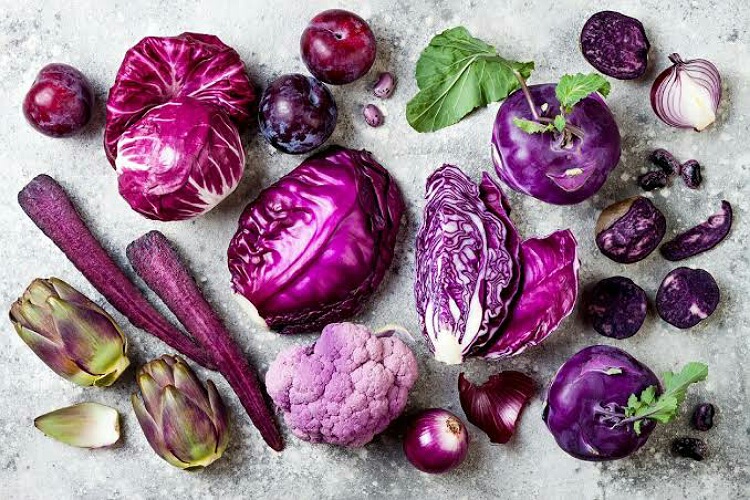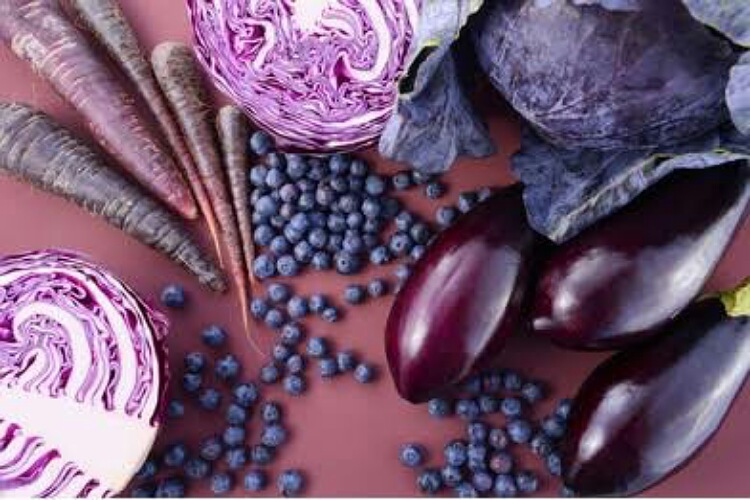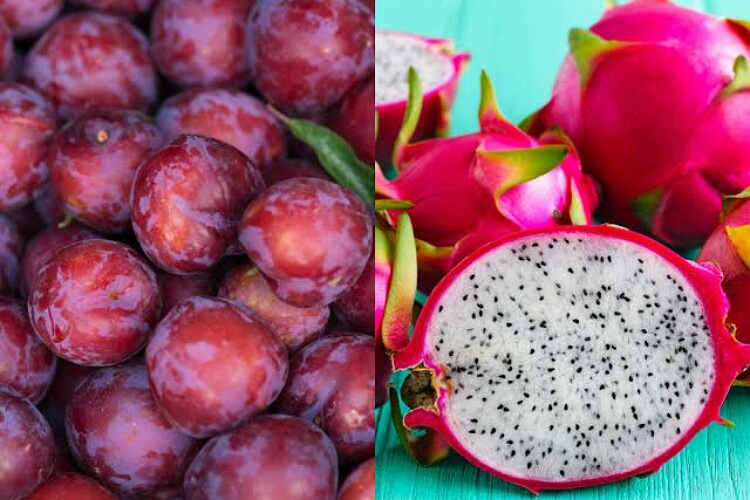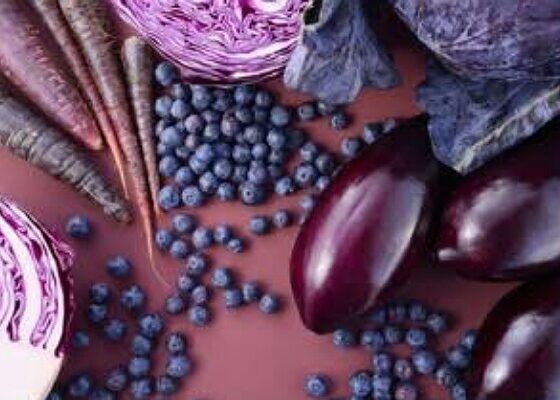Purple fruits and vegetables contain anthocyanin and can keep chronic conditions and cancer away. And a new study adds that these purple produce can also prevent type 2 diabetes.
Purple fruits and vegetables
Fruits and vegetables come in varied colors. All of them are nutritious with a lot of dietary fiber, minerals, vitamins, and antioxidants. Purple fruits and vegetables contain the powerful antioxidant, anthocyanin. Studies have shown that these purple produce are healthy. They can fight chronic diseases and reduce risk of cancer.
And the January issue of the reputed journal, Journal of Agricultural and Food Chemistry carried a useful article that revealed that these purple fruits and veggies can also prevent the occurrence of type 2 diabetes.

The vibrant purple potatoes, purple sweet potatoes, purple tomatoes, purple asparagus, purple brinjals, and the like are loaded with the antioxidant, anthocyanin which is extremely good for health. Similarly, blue or red fruits and veggies are full of this pigment.
The study details
Researchers from the University of Turku in Finland did this review. They did a meta analysis of all previous studies on produce containing anthocyanin. And they found out that several mechanisms are at work to fight against the incidence of type 2 diabetes. These anthocyanins affect several pathways in the body. These include those of the energy metabolism, the gut microbiome, inflammation, and absorption of nutrients.

These anthocyanins are more effective when they are acylated. That means they act better when they have the acyl group along with the sugar molecule. And these acylated molecule of anthocyanin has probiotic properties. This explains their ability to slow digestion and decrease blood sugar spikes. The post doctoral research student, Kang Chen told the University of Turku News:
“In addition to changing physical and chemical properties, the acylation affects how the anthocyanins are absorbed and metabolized,”
The analysis revealed that these acylated anthocyanins affect the intestinal barrier in a way to change the absorption of certain nutrients. Thus, they regulate blood sugar and blood cholesterol.
Highest acylated anthocyanins
The produce richest in these acylated anthocyanins are purple potatoes, purple sweet potatoes, purple carrots, radishes, purple or red cabbage, etc . On the other hand, non -acylated anthocyanins are rich in mulberries and blueberries. All these foods reduce risk of type 2 diabetes through different mechanisms and to a different extent. Kang added:
“The latest research has shown that the acylated and non-acylated anthocyanins can impact type 2 diabetes in different ways,”
Read here: Purple tomatoes: history, development, health benefits, nutrients, and shelf life!

Thus, if one has a family history of diabetes or is prediabetic, he or she should incorporate purple fruits and vegetables in his or her diet. But besides this, they should implement a multifaceted approach such as balanced, healthy diet, exercise, stress management, adequate and proper sleep, etc. A mere two minutes walk after a meal can drastically reduce post prandial blood sugar levels.
These purple productions of nature are good for everyone. They are good for elderly population who suffer from a lot of chronic health conditions. Moreover, they reduce ageing and can overcome problems of urban life.
